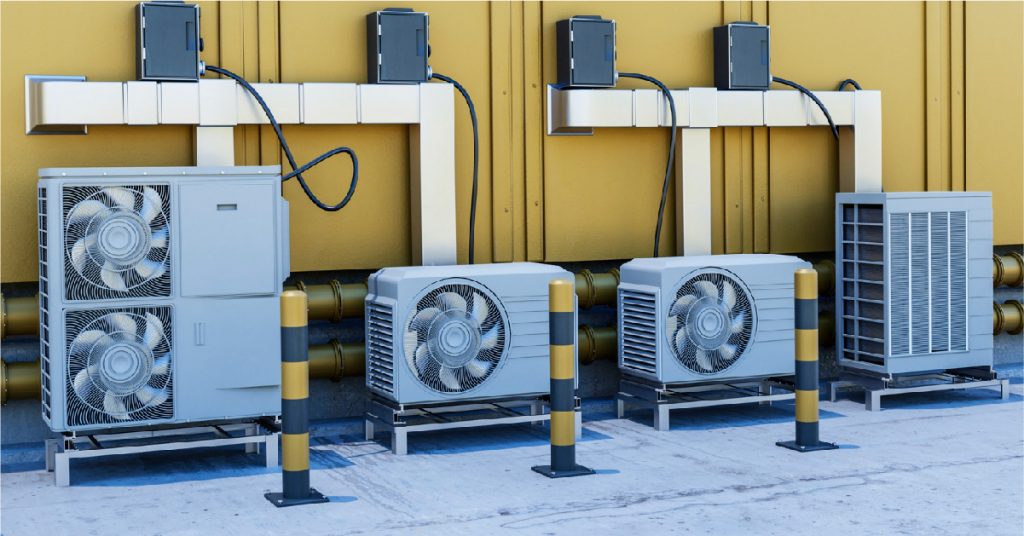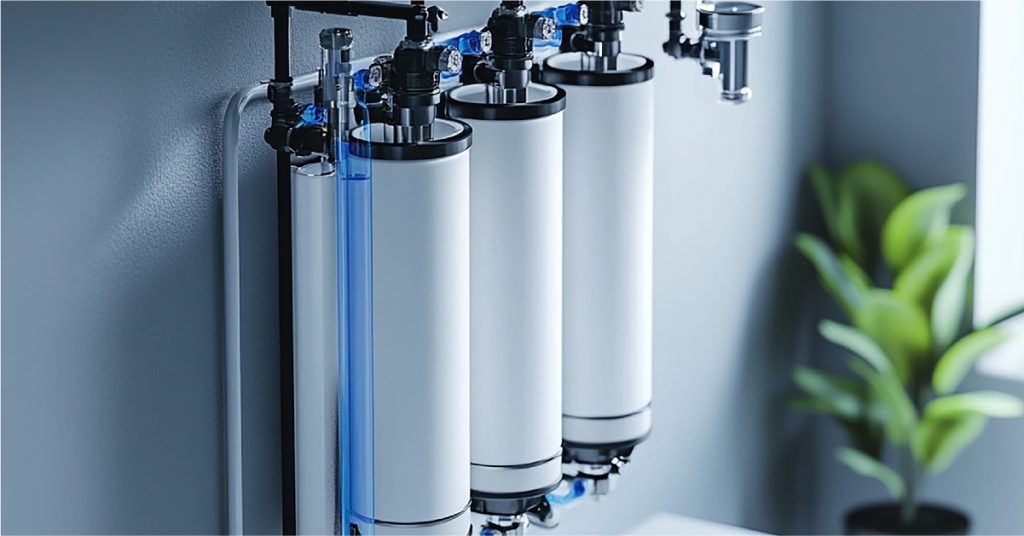Cooling towers are an essential component of industrial and commercial operations, playing a vital role in maintaining energy efficiency and environmental sustainability. In Thailand, where industries and commercial infrastructure are rapidly expanding, cooling towers have become indispensable for regulating temperatures in various systems. Understanding what a cooling tower is, how it works, and its applications is crucial for industries looking to improve performance and reduce environmental impact.
What Is a Cooling Tower?
A cooling tower is a heat rejection device that removes heat from water by dissipating it into the atmosphere. Cooling towers are commonly used in industrial processes, power plants, and HVAC (heating, ventilation, and air conditioning) systems to cool water for reuse. These systems enable industries to maintain optimal operating temperatures for machinery and equipment, ensuring efficiency and longevity.
In Thailand, cooling towers are widely used in industries such as power generation, petrochemicals, food processing, and manufacturing. Their ability to reuse water efficiently makes them a sustainable choice in a region where environmental concerns and water conservation are increasingly important.
How does the Cooling Tower work?
To understand how cooling tower works, it’s essential to know the basic principle behind their operation: heat transfer. Cooling towers use a process known as evaporative cooling to reduce the temperature of water.
- Hot Water Entry: Warm water from industrial processes or HVAC systems is pumped into the cooling tower.
- Distribution System: The hot water is distributed over the cooling tower’s fill media through nozzles or spray headers. The fill media increases the water’s surface area, allowing for maximum contact with air.
- Airflow: Air is introduced into the cooling tower, either naturally (in natural draft towers) or mechanically (in forced or induced draft towers). This air interacts with the warm water, causing evaporation.
- Evaporative Cooling: As a small portion of the water evaporates, it absorbs heat from the remaining water, effectively cooling it.
- Collection: The cooled water is collected in a basin at the base of the tower and recirculated back into the system for reuse.
- Discharge: The heated air, along with evaporated water, is expelled into the atmosphere through the top of the cooling tower.
Types of Cooling Towers
There are various types of cooling towers, each designed for specific applications. Understanding these types is essential to choosing the right cooling tower for your needs in Thailand.
- Natural Draft Cooling Towers
These towers rely on natural airflow to cool water. Due to their large size, they are often used in power plants and industries with significant cooling requirements. - Mechanical Draft Cooling Towers
Mechanical draft towers use fans to enhance airflow. They are categorized into:- Induced Draft: Fans draw air through the tower, ensuring efficient cooling.
- Forced Draft: Fans push air into the tower, creating positive pressure to aid cooling.
- Crossflow Cooling Towers
In crossflow towers, water flows vertically while air flows horizontally across the fill media. These towers are known for their energy efficiency and ease of maintenance. - Counterflow Cooling Towers
In counterflow towers, water and airflow are in opposite directions, ensuring maximum contact and efficient cooling. - Closed Circuit Cooling Towers
These towers use a heat exchanger to cool water without direct contact with air. They are ideal for applications where contamination of the cooling fluid must be avoided.
Applications of Cooling Towers in Thailand
Cooling towers have a wide range of applications in Thailand, particularly in industries and commercial establishments where temperature regulation is critical.
- Power Plants
Cooling towers are a key component in power plants, where they help cool water used in turbines and condensers. This ensures efficient power generation and prevents overheating. - Petrochemical Industry
In the petrochemical industry, cooling towers are used to regulate the temperature of various chemical processes, improving efficiency and safety. - Food and Beverage Industry
Cooling towers play a vital role in food and beverage production by maintaining temperature control during processing and storage. - HVAC Systems
In commercial buildings, cooling towers are an integral part of HVAC systems, ensuring comfortable indoor temperatures while optimizing energy consumption. - Manufacturing
From steel production to plastic molding, cooling towers are essential for maintaining machinery efficiency and product quality in manufacturing industries. - Data Centers
As Thailand becomes a hub for digital infrastructure, cooling towers are increasingly used in data centers to prevent servers from overheating.
Benefits of Cooling Towers
- Energy Efficiency
Cooling towers enhance energy efficiency by effectively removing heat from systems, and reducing the load on machinery and other cooling devices. - Water Conservation
By recycling water within the system, cooling towers minimize water wastage, a critical consideration in regions like Thailand, where water resources are precious. - Cost Savings
The ability to reuse water and maintain machinery efficiency results in significant operational cost savings over time. - Environmental Benefits
Cooling towers reduce the overall environmental impact of industrial and commercial operations by conserving water and reducing energy consumption.
Ion Exchange: Pioneering Excellence in Specialized Water Treatment Solutions
Our utility water treatment chemical solutions offer comprehensive and efficient treatment and management for raw water, boiler and cooling water systems, membranes, evaporator systems, and wastewater treatment systems. These solutions significantly enhance the performance of utility water systems by safeguarding metallurgy and valuable assets while promoting environmental protection through the safe and reduced discharge of water.
- Green Chemistry
Additionally, our product range features innovations using Green Chemistry under the INDION brand, ensuring that our chemicals are not only effective but also safe to use, biodegradable, and made from renewable feedstocks. Our commitment to sustainability is further reflected in our advanced technologies for process biocides, antiscalants, scale inhibitors, coagulants, flocculants, and defoamers, all of which cater to the growing industry demand for safe and eco-friendly products.
- Cooling Water Treatment Chemicals
ION EXCHANGE offers a comprehensive range of cooling water treatment chemicals designed to address various issues like fouling, bio-fouling, and Microbiologically Induced Corrosion (MIC) caused by suspended solids and microbiological organisms. Their solutions include scale control additives, corrosion inhibitors, dispersants, silica scale inhibitors, and specialized programs for deposit and corrosion control. Additionally, they provide a variety of biocides, including oxidizing and non-oxidizing options, as well as advanced chlorine dioxide generators and automatic dosing systems, ensuring optimal performance and protection for cooling water systems.
Conclusion
Cooling towers are indispensable for maintaining efficient and sustainable operations across various industries in Thailand. Understanding what a cooling tower is and how a cooling tower works helps highlight its importance in regulating temperatures and conserving resources. From power plants to data centers, these systems play a pivotal role in ensuring smooth and energy-efficient processes.





